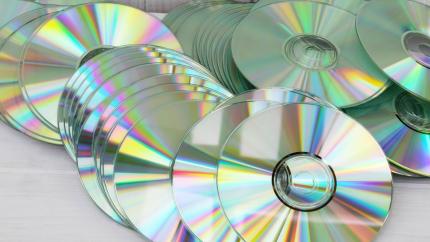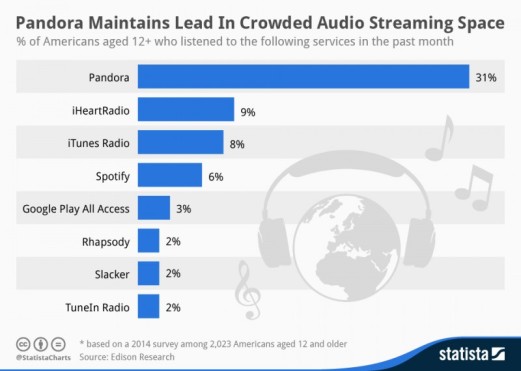CDs aka the compact disc are a digital storage format, co-developed by Philips and Sony in 1982. Similar to a record, CDs often contain a particular album whereby users could listen to music wherever a CD player was accessible. With the introduction of the well-known compilation album “Now! That’s what I call music!” CDs began to showcase a variety of songs and artists, typically the TOP 20 most popular songs at the time of release…

Regarding music consumption, streaming services are increasingly popular, including 17-year-old, American service ‘Pandora’. As a free smartphone or online app, users select an artist, album or song of their liking from which Pandora creates a corresponding ‘Radio’ station of a similar genre. User feedback: “thumbs up” or “thumbs down” alters song recommendations, further catering to an individuals taste. Pandora’s success is evident with over 250 million users and $652.8 million of revenue in [early] 2014. Thus, enabling users to build a portable library of music specifically focused on their interests.

While CDs remain as a prominent distribution method for the music industry, U.S. sales have dropped about 50% from their peak. In the digital age, streaming services, unlike CDs, are potentially more relevant going forward. Axel Bruns introduced the notion of “produsage” a collaboration of a “producer”, “consumer” and “user”. Pandora allows for this creative engagement of communities whereby users engage in the content, interact and alter it to meet personal specifications. Pandora contributes to a feature of produsage known as “unfinished artefacts” whereby users interaction modify’s the apps results and distributed output.
